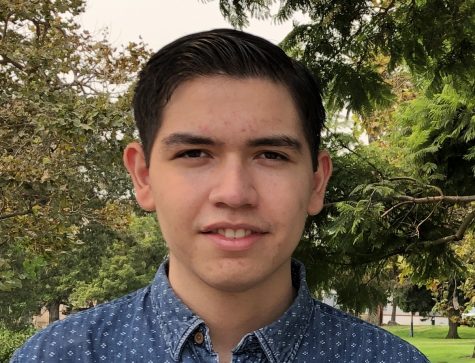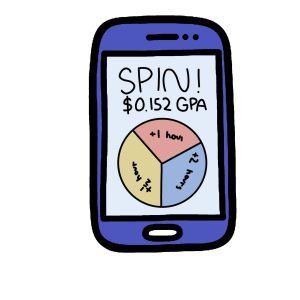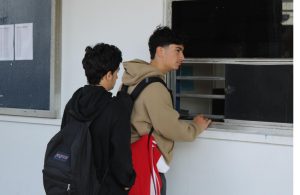SUHSD approves new budget for review
October 28, 2019
On Oct. 8, Sweetwater Union High School District (SUHSD) officials voted five to one on a revised budget plan during a board meeting. The plan, submitted to the San Diego County Office of Education (SDCOE), awaits approval on Nov. 8. This comes after the previous plan’s disapproval from SDCOE in August due to disagreements over budget solutions.
Every year, the Governor of California signs a state budget plan by June 30. The SUHSD board approves their budget by June 25, which must be approved by the state by June 30. Changes made by the state not included in the district’s budget must be incorporated by Aug. 24 to be approved.
“We took that [revised] budget in August,” SUHSD Superintendent Karen Janney said. “But before we [could] go any further in our budget cycle, the county office of education disapproved our adopted budget [because] they didn’t agree with some of our solutions.”
SDCOE disagreed with the budget’s solutions to reduce spending. This forced SUHSD to reevaluate their solutions, which have now been incorporated in this revised budget.
“It impacted our bottom line financially, but without having some of these key considerations decided upon based on timing, so it is not changing anything per se. [It is] just taking that out as an option for us,” Chief Financial Officer Jenny Salkeld said.
90 percent of the budget’s overall structure funds salaries for teachers, counselors and administration, as well as employee benefits and retirement funds. The remaining 10 percent is allocated for operational needs, like books and library paper.
As part of the budget’s balance, some options to reduce spending include hiring fewer people or reducing salaries. SUHSD is currently looking to reduce positions by combining early retirement with the elimination of positions in order to have fewer people on site.
“I think the net effect is a slowdown in normal operations, and that tends to have an impact where we have subs for longer periods of time than we normally do,” Bonita Vista High Principal Roman Del Rosario said.
If SUHSD were to raise the caseload size for counselors (the amount of students per counselor), teachers could be notified that there aren’t enough positions for them. So far, that hasn’t happened.
“The district is actively working with various labor groups to try to negotiate some reductions in spending, such as teacher furlough days,” Del Rosario said.
Furlough days occur when public agencies, like SUHSD, tell employees not to report to work for a certain number of days so that the agencies can reduce the employees’ pay proportionally.
“They’re trying to keep those [days] away from directly impacting students. The student calendar is still 180 days; teachers have [a] 187 day contract [with] professional development days, so they’re trying to get teacher unions to agree to cut back on some of those [days],” Del Rosario said.
Del Rosario believes this budget could stall growing facility issues for BVH. Funding for new construction comes from revenue sources, which are currently frozen. Until the district resolves its various inquiries with SDCOE, these facility funds remain inaccessible.
“They’re definitely interconnected. Even though it’s not the same money, [it] impacts the issues we’re having with the new construction and the use of those facility funds,” Del Rosario said.
Discretionary and Title One funds for BVH have also been reduced, which provide financial aid based on the percentage of low-income students.
“All of that’s connected to the budget situation; [we] have less dollars and less people to do the work that needs to be done,” Del Rosario said.
Legally, the district has until June 30, 2020 to finish the budget cycle, but Janney affirms parents and community members of the district’s transparency, in spite of SDCOE’s disagreements.
“We have a balanced budget [and] we have solutions to maintain that balance budget. Whatever remains in place right now remains in place. This is really about a difference in perspective,” Janney said.
For Del Rosario, this new budget introduces a conversation about the broader community—not only the particular issues that BVH faces.
“I think this is an opportunity for us as a community. There’s a lot to be frustrated [about concerning] the budget and our facilities, but it’s also an opportunity to have conversations about our values and what’s important to us—what we can do as opposed to what we can’t do,” Del Rosario said.






